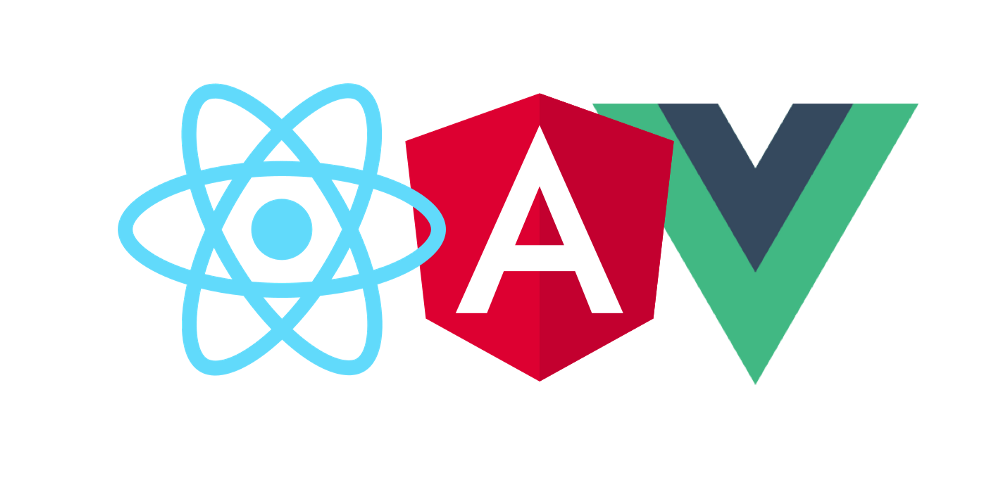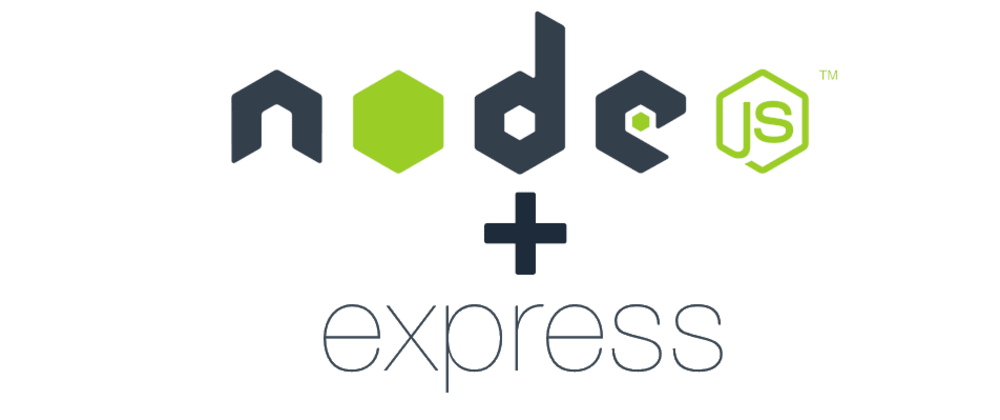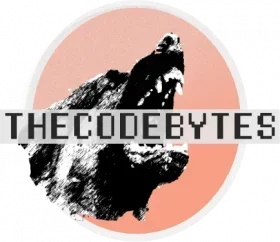So, you want to know what to learn after HTML, CSS, and JavaScript? Well, you’ve come to the right place! As a professional self-taught front-end/full-stack web developer with over 3 years of on-job experience, I feel very qualified to answer this question.
First of all, if you have spent some time learning HTML, CSS, and JavaScript, I want to congratulate you! Whether you are a self-taught developer or a student learning on the side, it’s a big accomplishment. Learning to code is not easy.
Before we begin, I also want to point you to a resource I wrote that breaks down all the major areas of software development you need to know to be a great web developer. The list is pretty long, but trust me, if you can get through all or most of that list you will be an amazing software developer by the end. Also, all the resources are completely free!
If you’re only interested in what to learn after HTML CSS and JavaScript, don’t worry! I got you covered below.
First, how well do you really know HTML, CSS, and JavaScript?
This question may be a bit hard to answer. But be honest with yourself. How well do you really know these languages? Do you feel comfortable building a static website from scratch without asking for help? Googling is definitely okay. Even experienced developers google how to do things!
However, do you understand how to write CSS code with flexbox and CSS grids?
More importantly, do you understand JavaScript well? Do you understand the map, filter, and reduce methods? Do you understand the concept of inheritance and prototype chaining?
If not, then you might not be ready to move forward and the answer to the question “what to learn after HTML, CSS, and JavaScript” is more HTML, CSS, and JavaScript!
The reason I say this is because these three languages are the foundation of the frontend. It is very important to have a strong foundation in the tools you use. It makes the learning process much easier and you end up saving a lot of time and frustration because you naturally understand how technologies built on top of these languages work.
If you need to spend more time learning these languages, start by building a website and understanding how the languages work together. Pluralsight also has a great course on the big picture with HTML, CSS, and JavaScript.
If you do feel comfortable with these languages, then keep reading!
What To Learn After HTML CSS and JavaScript

The natural progression after learning HTML CSS and JavaScript is to learn a frontend framework.
So, what is a framework? A front-end framework is a modern, powerful, and easier way to write complex web applications. Frontend frameworks require a deep knowledge of HTML, CSS, and JavaScript. If you want to become a professional frontend web developer, you need to be very comfortable with frameworks.
It doesn’t matter which framework you choose first, but the three most popular in 2021 are React, Angular, or Vue.
React is the most popular front-end framework in 2021 and one of the easiest to learn. For that reason, I recommend starting here.
If you want to learn React, this is a great place to start.
Ultimately, it doesn’t matter which framework you choose to learn first. Many people will tell you Angular is very hard to learn. However, after I became very comfortable with React and JavaScript in general, I did not find Angular very difficult to start using.
This shows that the more you learn about frontend development, and coding in general, the easier other things become to learn. Partially because you have seen the same patterns and principles before.
Other Technologies To Learn After HTML CSS and JavaScript
In addition to frontend frameworks, there are a few other things you should learn to become a proficient web developer.
CSS Preprocessors

CSS preprocessors are like writing CSS but in a cleaner and more powerful language. Including features not available within CSS, such as variables, loops, and nesting. These include languages like Sass/SCSS, Less, and Stylus.
Preprocessors work by allowing the coder to write CSS within the preprocessed language and then compiling it into CSS.
I personally only ever use SCSS (a version of Sass) and even converted our company code base to start using the language. So it’s the only one I can recommend. However, they are all good because they are all better than writing native CSS code!
You can learn Sass in under two hours by following this guide. So there really is no excuse not to learn it! Once you write CSS in a preprocessor, you will never go back.
Backend Languages

If you’re no longer interested in furthering your knowledge in the frontend and instead want to learn a backend language, that’s totally fine too!
If you have strong JavaScript skills, I highly recommend learning Node and Express. It will allow you to explore the backend of web development without having to learn a new language like C#, Java, PHP, etc.
The backend is an exciting and vast area of web development. You can get into interesting topics such as APIs, web scraping, and networking.
Getting into the details of backend development is beyond the scope of this article, however, I do mention some great resources to learn backend development here.
Summary
That pretty much wraps up what to learn after HTML CSS and JavaScript!
To summarize, you should make sure you actually have a solid foundation in HTML, CSS, and JavaScript. It is easy to get excited and move on before you’re ready.
If you feel confident, the natural progression is to learn a front-end framework such as React, Angular, or Vue. You can also take this time to learn a CSS preprocessor like Sass, Less, or Stylus. Finally, this might be a good opportunity to transition and start learning about backend development with Node and Express.
If you want to learn how to begin working as a self-taught web developer, check out this resource.
If you are preparing for a coding interview, check out the best language to use.
Happy coding!
